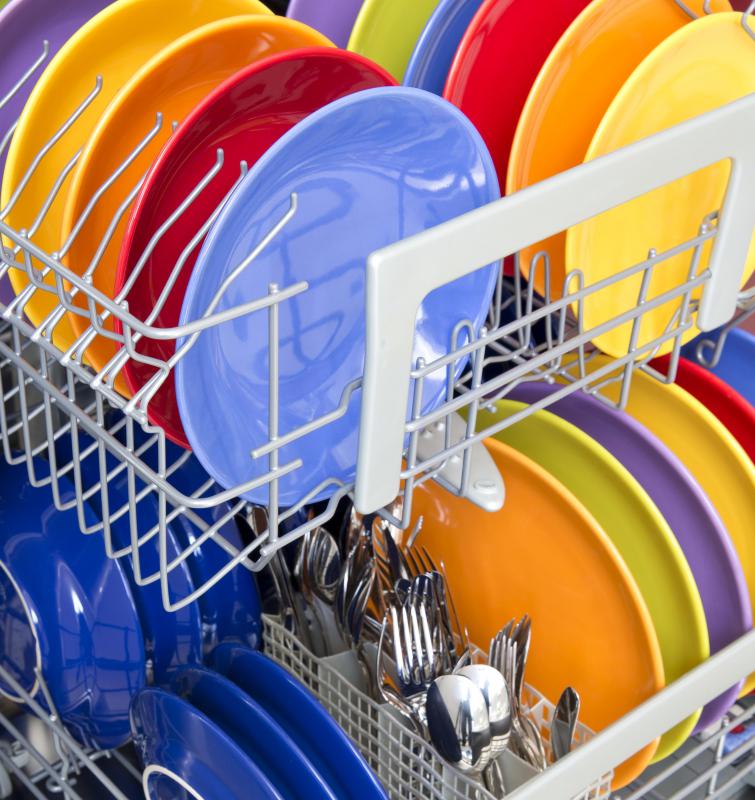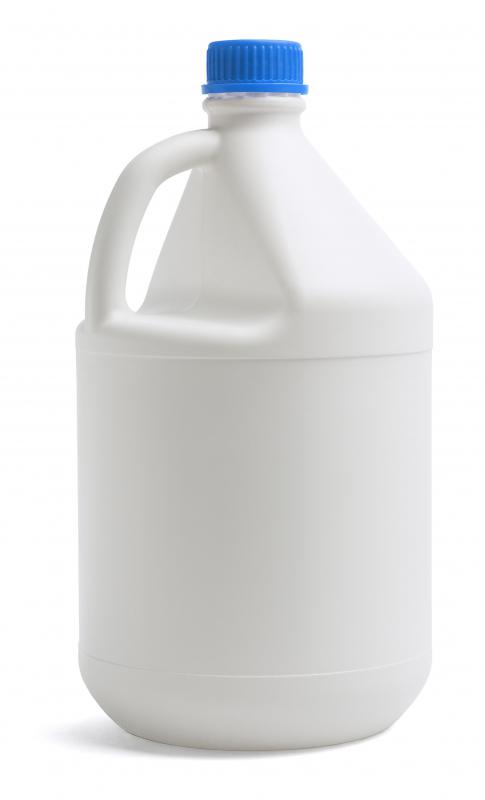At DelightedCooking, we're committed to delivering accurate, trustworthy information. Our expert-authored content is rigorously fact-checked and sourced from credible authorities. Discover how we uphold the highest standards in providing you with reliable knowledge.
How Should I Choose Between a Wood and Plastic Cutting Board?
Many consumers look for a consensus among experts before buying a new tool or appliance. Others may seek the opinion of a government agency or the results of consumer lab testing. Unfortunately in the case of plastic versus wooden cutting boards, there is no such consensus.
Conventional wisdom leans towards plastic cutting boards because of their nonporous surfaces, but wooden cutting boards have not lost their popularity over the years. Either variety will do the job cutting boards were designed to perform - protect knives and countertops from damage during food processing.
Wooden cutting boards have the advantage of time. Cooks have been preparing food on wooden boards or countertops for centuries with few widespread contamination problems. Wood is a fairly forgiving surface which works well with sharp knives.

Wooden cutting boards are also very sturdy, which allows the user to carve meats and chop thick vegetables with confidence. Wooden cutting boards also have a decorative appeal, because they look like a timeworn piece of traditional cooking equipment. Combined with a wooden butcher's block, wooden cutting boards give the kitchen a rustic charm.
Plastic cutting boards have technology on their side. They have a nonporous surface, which means juices from meats and dirt from vegetables will not penetrate deep into the surface. Plastic cutting boards also have some self-healing ability - cuts made by sharp knives may almost disappear over time.

Cutting boards made of plastic are usually dishwasher-safe, which many experts see as a higher degress of sanitation. Plastic cutting boards come in a variety of colors and sizes, making it possible to match the cutting board to the overall color scheme of the kitchen. Plastic cutting boards give the impression of a modern professional kitchen.
The concern with cutting boards in general has little to do with their appearance or ability to provide a safe, secure work surface. The main concern over plastic versus wooden cutting boards is sanitation. Most wooden cutting boards are very porous, meaning that juices from meats can penetrate the surface and germs could remain trapped in the scars left by knives. The proper way of cleaning a wooden cutting board is to use hot water and soap, then either pat the board with a towel or allow it to air dry. Those who recommend plastic cutting boards say this is an invitation for food-borne diseases. When the wooden cutting board comes in contact with a fresh piece of meat or a new vegetable, dangerous bacteria such as e. coli or salmonella may be transferred.

Those who prefer wooden cutting boards claim that poor sanitation is a myth based on a faulty assumption. Although some bacteria may survive the cleaning process, wood contains natural substances which kill germs. Bacteria in general do not like wood, so any bacterial contaminant trapped beneath the surface will die quickly.
Some solid wood cutting boards can survive the dishwashing process, so sanitation shouldn't be a problem. A thorough cleaning with a bleach/water solution or vinegar should keep a wooden cutting board relatively germ-free.
Proponents of plastic cutting boards cite government studies which support the claim that plastic is more sanitary. Because the meat juices have nowhere to go, any bacteria contained in them will be instantly washed away during the cleaning process. Knives do not cut deep grooves in most plastic cutting boards, so bacteria have fewer places to hide between uses. Some experts who support the use of wooden cutting boards say that plastic's nonporous nature is not necessarily a guarantee that bacteria can't thrive on its surface. Plastic is no safer than wood if left unwashed and unsanitized for hours at a time.
So when trying to decide between a wooden or plastic cutting board, you might want to think about other factors besides sanitation. Will the board fit securely in the workspace and can it be easily washed in your particular sink? Some professionals recommend using different cutting boards for preparing raw meats and ingredients such as herbs, salad greens and clean vegetables. This can reduce the chances of cross-contamination no matter whether the cutting board is wooden or plastic.
AS FEATURED ON:
AS FEATURED ON:













Discussion Comments
The UC-Davis study was done in almost 17 years ago. Why doesn't the UC-Davis study if it was so accurate change the USDA's recommendation and other organizations? Well, at least for the 17 years that plastic has been used in the food industry in the US, and have we seen a rise the number of foodborne diseases at restaurant facilities? It's 2010, what's the latest UC-Davis study?
What dulls your knives faster? Plastic or wood?
It comes down to proper sanitation. Learn how to clean properly and this will rid you of most problems.
May I refer you to the UC-Davis study on food cutting boards. They found that while new plastic and wood cutting boards had similar sanitation characteristics, once plastic boards have been used and received even microscopic knife cuts, their surfaces become very difficult to disinfect, even using a dishwasher or bleach.
UC-Davis also cited a similar study which found that for households using wooden cutting boards, salmonella infections occur at a rate that is half the national average, while in plastic cutting board households, such infections occur at twice the national average. Google "UC Davis Cutting Board Safety" to find the article
I just wanted to add another option to the mix! I have found a plastic anti-microbial cutting board which contains silver (which has known antimicrobial characteristics) which is actually embedded within the entirety of the cutting board. It inhibits the growth of bacteria, mold, and fungi! Bye bye icky salmonella, e. coli, and Listeria (just to name a few!).
Post your comments